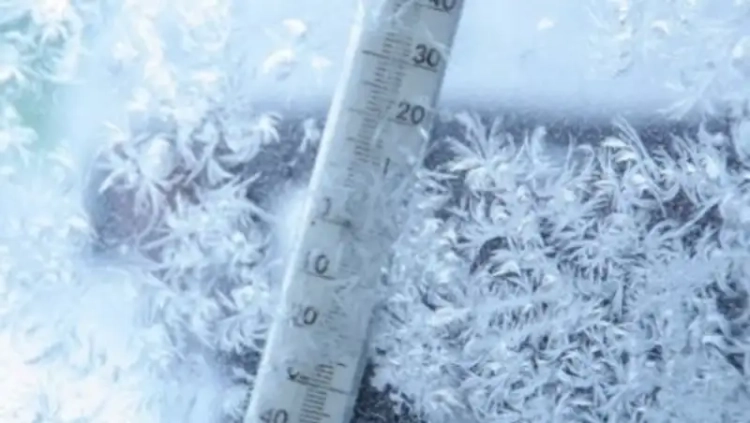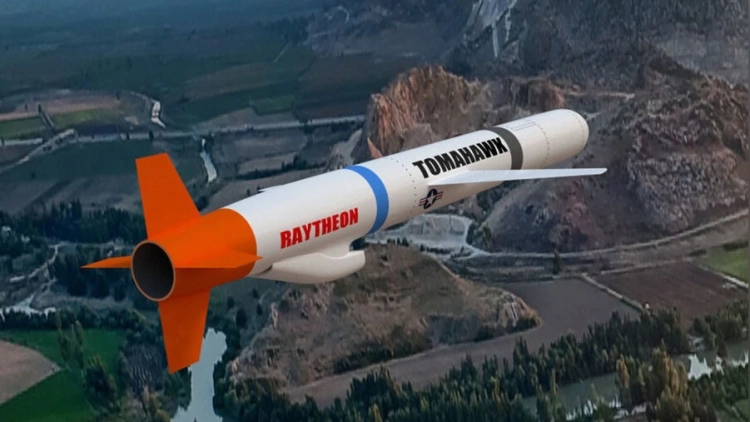
What Hiking Filters Are Made Of
The body and the principle of operation of the filter can vary significantly, but at its core, there is always a replaceable cartridge, and inside it, there is a substance through which water passes for purification. Various materials can serve as the filtering medium; however, only four types are used in hiking microfilters:
Ceramics — ceramic.
Glass fiber — glass-fiber.
Advanced hollow fibers — advanced hollow fibers.
Hollow fibers — hollow fibers
At the core of the filter is a bundle of very thin tubes folded in half. The open ends of the tubes are turned away from the flow of dirty water. Their walls act as a membrane, allowing water to pass through relatively freely, but dirt and microorganisms cannot penetrate through them. Filters based on hollow fibers are the lightest, and water passes through them the fastest compared to ceramics.
However, their lifespan is relatively short: before replacement, the cartridge can filter between 1,000 to 2,000 liters depending on the model. Additionally, hollow fibers can be damaged by freezing or strong impacts. But these drawbacks are mitigated by manufacturers. For example, the filter pump's body or cushioning bumpers protect the cartridge from impacts. To prevent the fibers from freezing, the cartridge can be placed in a sleeping bag or carried in an inner pocket of a jacket. These inconveniences are more than compensated for by the advantages of hollow fibers, which is why they are used in most hiking filters today.
Ceramics — ceramic
Hiking filters made of ceramics are heavy but durable and cheaper than filters based on hollow fibers. Their cartridges can filter between 2,000 to 50,000 liters of water before their lifespan is exhausted. Water passes through the porous ceramic walls reluctantly, which is why they are only used in hiking filters with a pump.
Such filters need to be cleaned more often than those based on hollow fibers because the cartridges easily clog with fine debris. As a result, the water pressure drops, and the filter walls need to be cleaned. However, this is not difficult — they can simply be wiped with a stiff sponge or rough cloth. They usually come as part of the kit. Ceramic cartridges also cannot be frozen, and they can crack from strong impacts — for example, if you drop them on rocks. Nevertheless, the popularity of ceramic filters remains high — they are a time-tested classic.
Glass fiber — glass-fiber
Water in such filters seeps through a unique membrane made of glass fiber. Glass fiber cartridges are lighter and filter water faster than ceramics. However, they are heavier and slower than hollow fiber filters. The main disadvantage of glass fiber is its low lifespan. Even a good filter based on it can only filter 750-1,150 liters of water before needing replacement.
Glass fiber filters are inconvenient to clean in field conditions if they clog: they cannot be scrubbed like ceramics, and to rinse them with water, the cartridges need to be removed from the body. For these reasons, glass fiber hiking filters are becoming increasingly rare today.
Advanced hollow fibers
These filters are also based on a bundle of very thin tubes with membrane walls. However, their walls can trap particles as small as 0.02 microns, meaning even some viruses. The same hollow fibers are now used in machines for hemodialysis — extracorporeal blood purification. The cartridges of filters made from advanced hollow fibers are resistant to freezing and have a longer lifespan. Before they exhaust their resource, they can filter about 10,000 liters of water, which is even more than some ceramic filters.
Advanced hollow fibers, capable of filtering out even some viruses, are now used in MSR Guardian series hiking filters.
Adsorbents
Many filter manufacturers add a block with an adsorbent, such as activated carbon, to their designs.
The already purified water, free from debris and microorganisms, passes through it, and the adsorbent further cleans it from chemical compounds and neutralizes unpleasant odors, improving the taste of the water. However, activated carbon alone is not suitable as a full-fledged filter: under high water flow, it does not retain many microorganisms and debris, and there is no way to check whether it has exhausted its resource.
The MSR Thru-Link hiking inline filter consists of two halves. One contains hollow fibers that filter out dirt and microorganisms, while the other contains activated carbon granules that neutralize unpleasant tastes and odors.
Hiking Filter. Part - 3














































